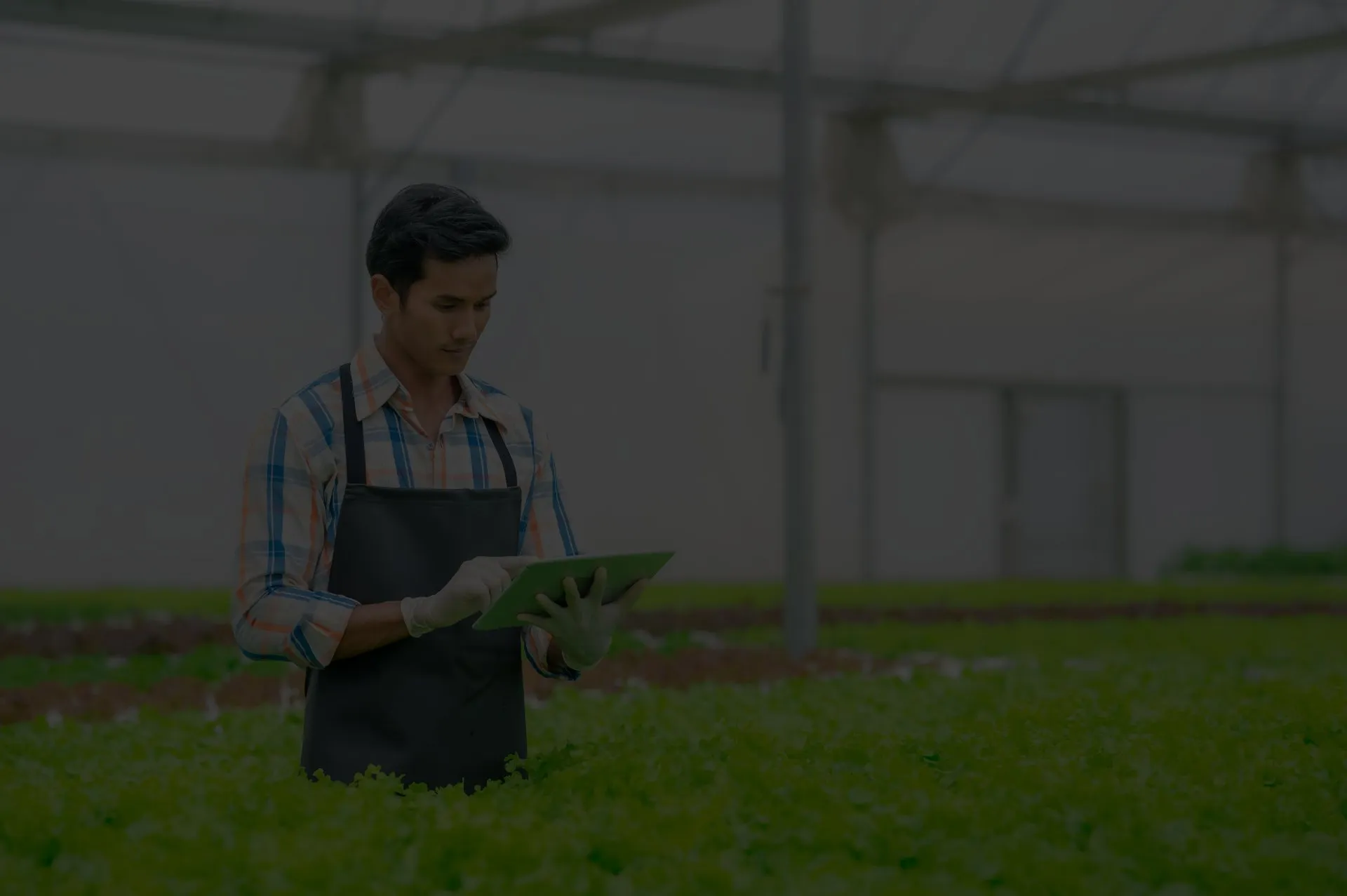
How AI is Transforming AgriTech in 2025
AI has rapidly changed the way industries function and innovate, and AgriTech is no exception. Over the past few years, a bunch of top AgriTech companies have optimized sustainability practices and boosted productivity with data-driven initiatives. In 2025, this tendency will continue, with niche innovations inching their way to becoming more mainstream practices.
This article uncovers the ways AI is changing AgriTech and what to expect in the future. Whether you’re a farmer, an AgriTech provider, or simply curious about the future of food production, this article will provide valuable insights into how AI is transforming agriculture through innovation and resilience.
Livestock Management
Advanced farming solutions support farmers in managing livestock. The devices, from cameras to sensors and drones, give an up-close view of health and well-being, identify diseases, and manage the breeding process or supplementation for nutrition. So, farmers can address issues immediately without experiencing sudden outbreaks.
Automated harvesting and sorting
One of the most labor-intensive and time-consuming stages of the agricultural cycle is harvesting, which was traditionally performed by humans. AI robotics and automation are stepping in to transform the process. Smart agricultural robots equipped with AI-powered vision systems recognize when produce is ripe and determine the best way to harvest it without causing bruising or damage.
After harvesting, AI has a place in sorting processes that were traditionally carried out manually. In harvested crops, computer vision can identify diseases and pests. Additionally, it can grade the crop according to its size, shape, and color, allowing farmers to sell it to various clients based on predetermined standards.
Crop and Soil Management
Keeping crops healthy is one of the most challenging aspects of modern farming. Environmental changes, pests, and diseases affect the quantity and quality of crops. AI systems support farmers in improving planting schedules, selecting quality seeds, and then, through sensors mounted on tractors or located on drones detect the growth conditions, determine the crop health through image analysis, predict possible issues by analyzing leaf color, shape, texture and patterns, and automatically trigger adjustments to the environment.
Another issue that can affect the growth and the health of yields is the incorrect combination of nutrients in the soil. AI provides a solution to this problem. Computer vision models are able to recognize the nutrients, assess how they affect crop yield, and make the required corrections.
AI-based Precision Farming
In order to collect information about soil nutrients, pests, and environmental factors that may affect crops, such as droughts or ground saturation, precision farming uses AI tools, e.g., drones and sensors. After that, the collected data is used to mitigate issues with targeted treatments that reduce the usage of water, fertilizer, and pesticides. Such advancements have enormous potential for organic farming.
Yield Mapping
Yield mapping is one more task AI faces in AgriTech. Real-time analysis of massive datasets by machine learning algorithms aids farmers in comprehending the traits and trends of their crops. Farmers can predict soil yields for specific crops using data from sensors and drones. Accurate predictions of future yields for particular crops help farmers decide when and where to plant seeds and how best to use resources to maximize returns.
Automated Irrigation Systems Optimization
IoT sensors that track soil moisture levels in conjunction with AI algorithms can determine how much water crops require in real time. Water conservation through autonomous irrigation systems supports sustainable farming methods. AI is also capable of identifying irrigation system leaks. In order to prevent water waste that could harm crops, machine learning models are able to identify specific indicators, such as variations in pressure and water flow, that point to leaks or, conversely, regions with excessive water use. In smart greenhouses, AI uses real-time data to define and automatically adjust temperature, light, and humidity to optimize plant growth.
The Future of AI in AgriTech
If we look into the future of artificial intelligence in farming, there’s definitely a place for predictions, precision, and self-operated systems for robust harvest. Innovations will prove critical to the sector getting more sustainable while strengthening the global food supply. Ready-to-use AI tools are already making daily operations easier and more efficient, and paving the way for fully autonomous farms powered by AI and robotics. Although this vision may still be a few years from widespread adoption, the foundational technologies, computer vision, machine learning, predictive analytics, and robotics, are quickly advancing and becoming increasingly accessible.
Final Thoughts
Nowadays, AI and AgriTech go hand in hand. So far, digital developments and equipment upgrades have proven advantageous for farmers and agribusinesses alike. They increase efficiency, improve data-based decision-making, save costs, impact automation, and support more sustainable and precise farming methods. Users no longer must carry out numerous tasks manually, thanks to the automation of these processes.
Get in touch with Agiliway, and our professionals will be happy to assist you in improving your AgriTech solution.


